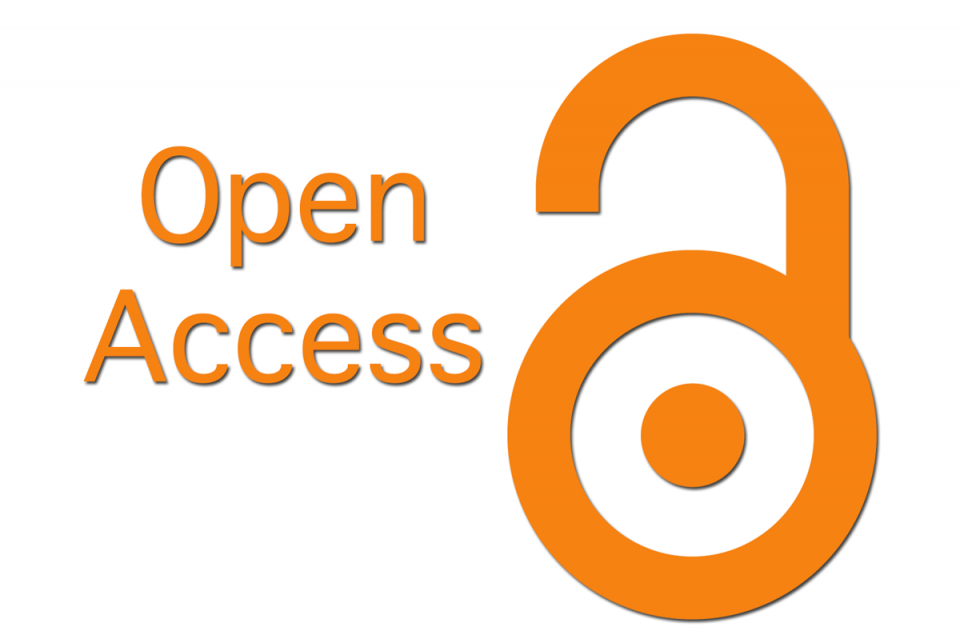Physical Fitness Trends Among Health Science and Physiotherapy Students: A Literature Review
DOI:
https://doi.org/10.48047/t9h60r63Keywords:
.Abstract
Physical fitness plays a crucial role in the health and professional performance of health science
and physiotherapy students. Despite their cognizance of the significance of physical activity,
recent trends indicate a decline in fitness levels among this cohort. This literature review examines
current research on physical fitness trends, the factors influencing them, and potential
interventions. Findings reveal that academic stress, sedentary lifestyles, and digital screen
exposure contribute to reduced physical activity. However, structured exercise programs, digital
interventions, and behavioral strategies have demonstrated efficacy in improving fitness levels.
This review underscores the necessity of integrating physical activity into academic curricula to
promote lifelong fitness habits among health science students.
Downloads
Downloads
Published
Issue
Section
License

This work is licensed under a Creative Commons Attribution 4.0 International License.
You are free to:
- Share — copy and redistribute the material in any medium or format for any purpose, even commercially.
- Adapt — remix, transform, and build upon the material for any purpose, even commercially.
- The licensor cannot revoke these freedoms as long as you follow the license terms.
Under the following terms:
- Attribution — You must give appropriate credit , provide a link to the license, and indicate if changes were made . You may do so in any reasonable manner, but not in any way that suggests the licensor endorses you or your use.
- No additional restrictions — You may not apply legal terms or technological measures that legally restrict others from doing anything the license permits.
Notices:
You do not have to comply with the license for elements of the material in the public domain or where your use is permitted by an applicable exception or limitation .
No warranties are given. The license may not give you all of the permissions necessary for your intended use. For example, other rights such as publicity, privacy, or moral rights may limit how you use the material.








